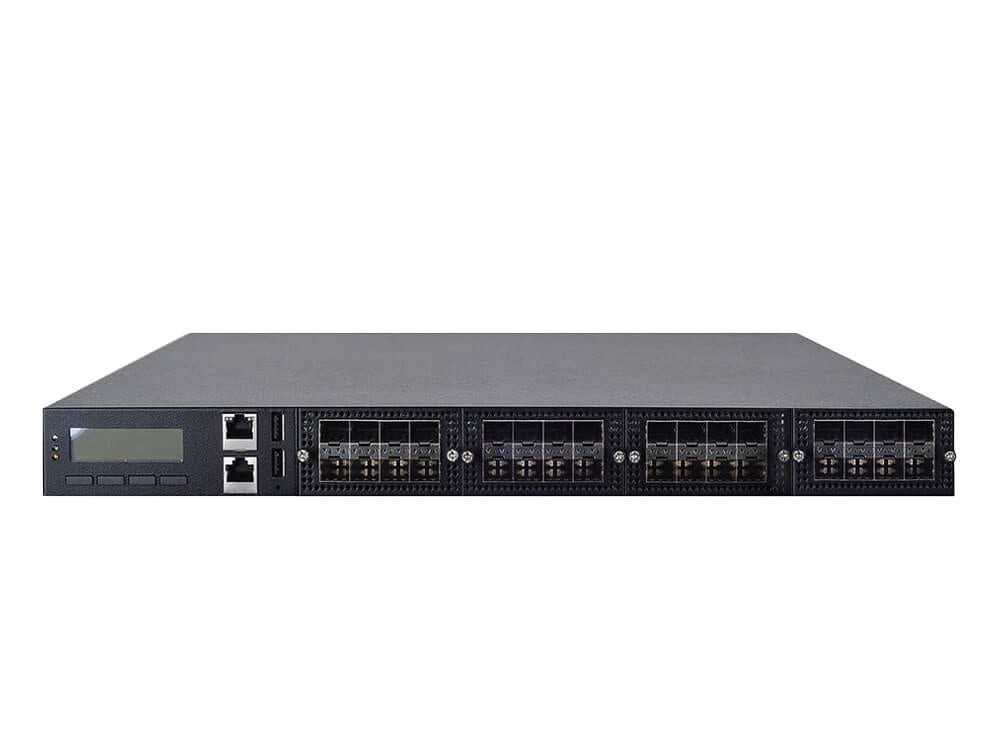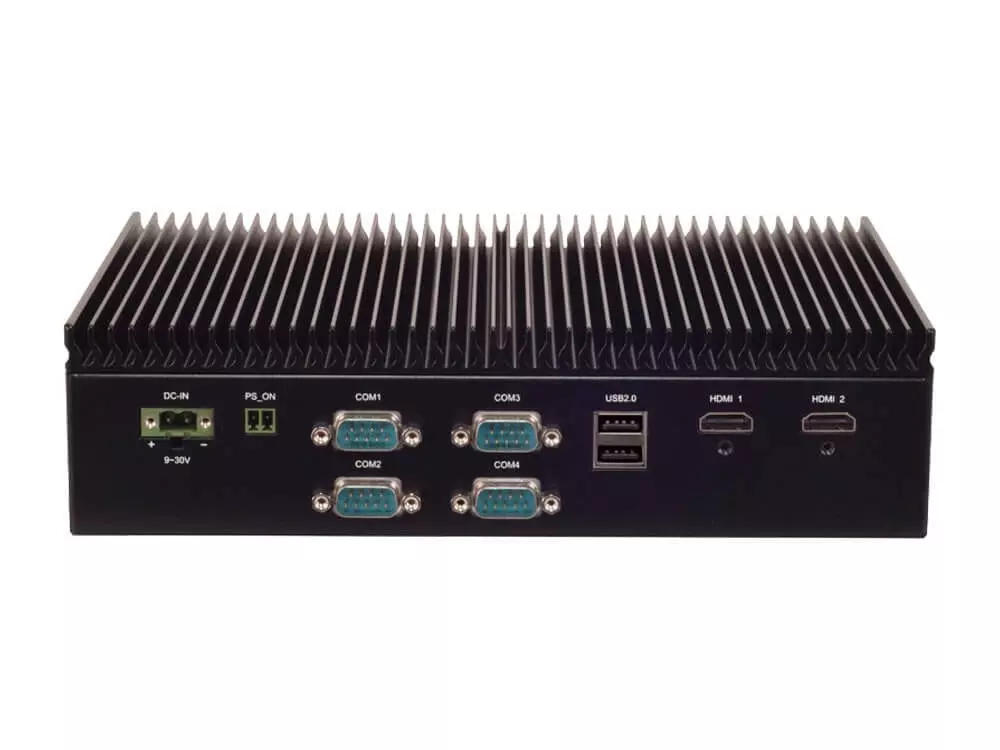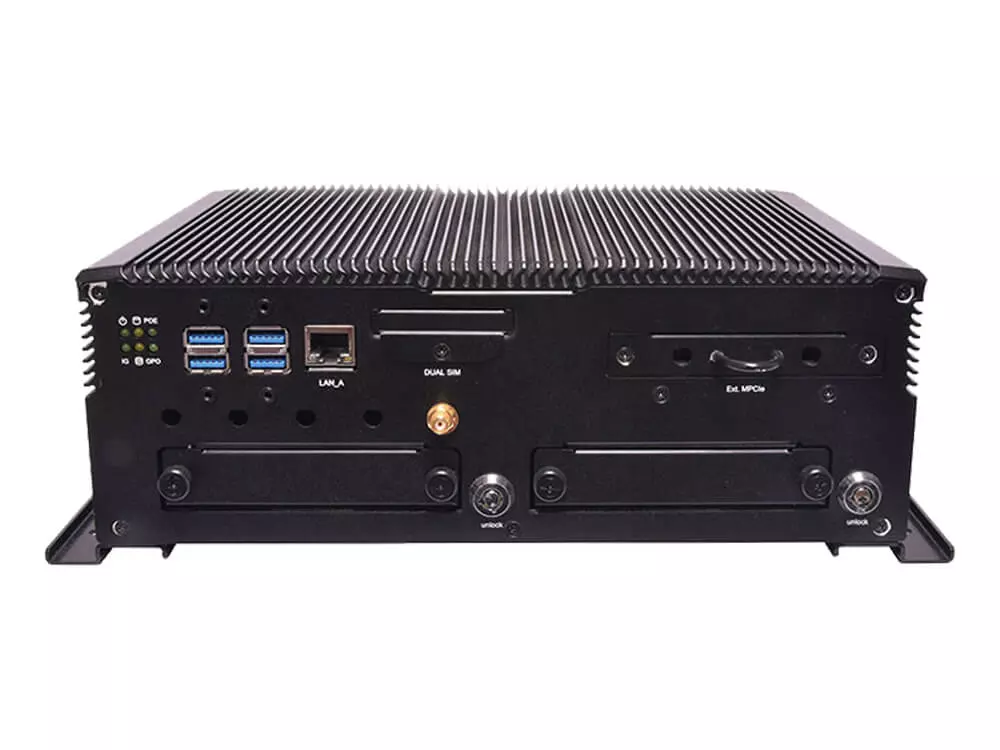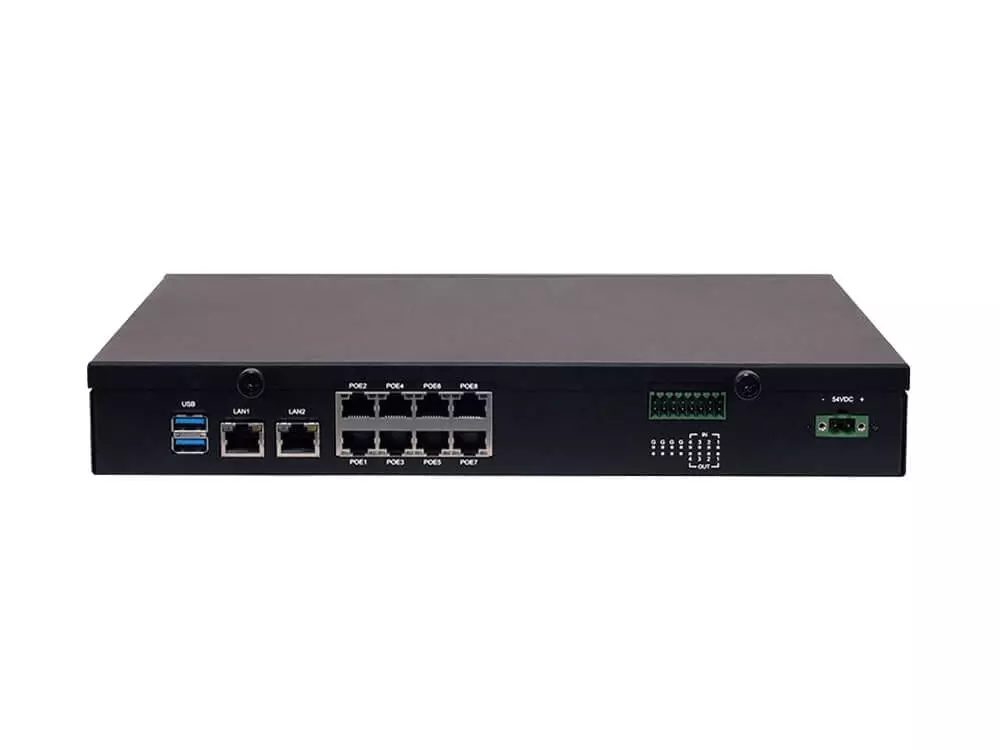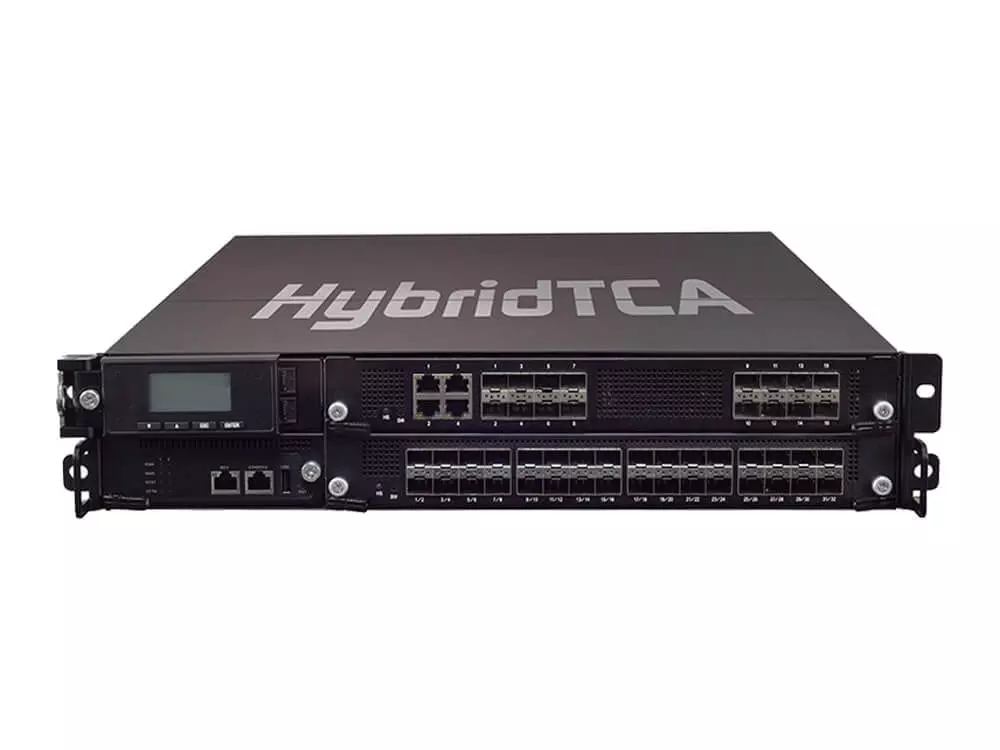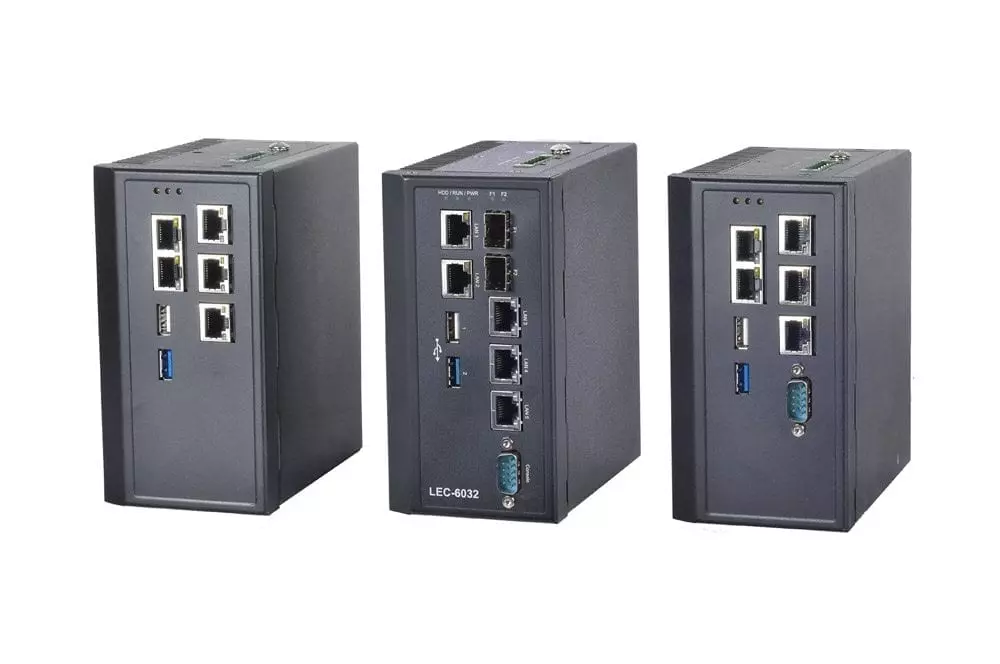 Driver fatigue is accounted as one of the most prevalent causes of traffic accidents, especially with heavy-duty vehicles such as mining trucks, excavators, bulldozers, cranes, cargo trucks and commercial buses. Drivers of these vehicle types can experience long-hour shifts and may fall into asleep at wheels temporarily in a “doze” mode when hit with fatigue or drowsiness. In fact, there are reports indicating that 1 out of 6 fatal accidents is caused by drowsiness or fatigue. Therefore, owners of heavy-duty service vehicles are searching for in-vehicle solutions that can detect the level of driver condition to lower down the accident rates and damage costs.
Driver fatigue is accounted as one of the most prevalent causes of traffic accidents, especially with heavy-duty vehicles such as mining trucks, excavators, bulldozers, cranes, cargo trucks and commercial buses. Drivers of these vehicle types can experience long-hour shifts and may fall into asleep at wheels temporarily in a “doze” mode when hit with fatigue or drowsiness. In fact, there are reports indicating that 1 out of 6 fatal accidents is caused by drowsiness or fatigue. Therefore, owners of heavy-duty service vehicles are searching for in-vehicle solutions that can detect the level of driver condition to lower down the accident rates and damage costs.
Requirements
The solution requires a rugged, in-vehicle computing unit to function as the gateway that provides capability for GPS, infrared sensors, cameras, alarming devices and wireless network connectivity. With the implementation of driver fatigue management software, the computing unit can monitor the eye behavior of the driver, such as frequency and duration of eye blinking and shut eyelids. When abnormal behavior occurs, like distraction or longer-than-expected shut eyes, the system should alarm the driver and send video images to the dispatchers. Also the system connects the vibrator under driver’s seat and the loud speaker to shake and wake up the driver.
In order to achieve this driver fatigue management, the vehicles shall implement a rugged in-vehicle PC with the following technological requirements:
Processor with Reliable Performance
As implemented in a vehicle-setting, without the convenience of an office environment, the processor for the required system must be able to process data and multimedia efficiently, while remains low power consumption.
GPS and Wireless Network Connectivity
GPS is necessary for service vehicles so that the dispatchers can locate their positions. On the other hand, wireless network connectivity allows communication and data transmission between the dispatched drivers and the control room staff. In fact, the Ethernet I/O ports must be protected under IP-67 standards in order to function properly in a vehicle setting.
Connections with Alarms and Sensors
The required system must provide rich I/O ports such as serial COM and USB for connections with alarm devices, infrared sensors and other peripherals.
Display Capability
Display is another crucial factor in driver fatigue management as it playbacks video images for the conditions.
Camera Implementation
IP cameras must be connected to the required system to monitor in-vehicle situation and driver behavior.
G-sensor
G-sensor may function as the accelerometer for motion measurements.
Lanner’s Solution
Heavy Vehicle Driver Fatigue Management System
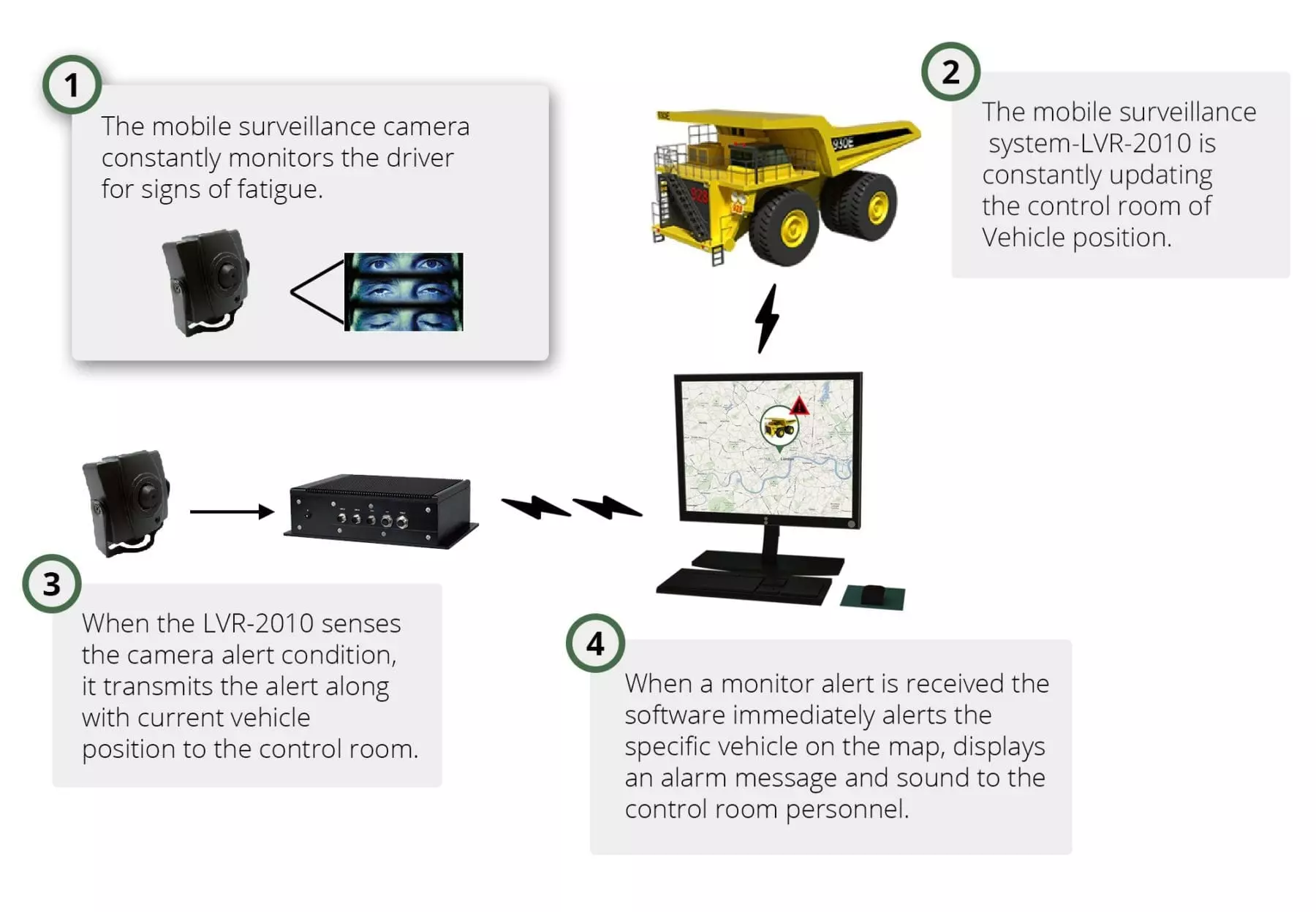
Lanner’s LVR-2010 is a fanless, power efficient in-vehicle gateway PC with EN50155-compliant design, power efficient Intel® Atom™ E3845 CPU, wide temperature support and rich I/O ports with rugged M12 connectors.
LVR-2010 features Intel® Atom™ E3845 CPU to deliver the required processing ability in SoC (System-on-Chip) 4-core architecture and low power TDP. The CPU platform also comes with Intel Integrated HD graphics to process multimedia data efficiently.
LVR-2010 has been EN50155 and MIL-STD-810G certified to offer multiple endurance standards against shock, vibration, humidity and extreme temperature ( -40 ~ 70ºC), in order to ensure its reliability during vehicle traveling. To protect the Box PC from potential dust and liquid splash, LVR-2010 is designed with IP-67 rated M12 connectors for three COM ports, two USB ports, two LAN ports, CAN Bus port, video/audio outputs and DC power input. In fact, the rich and protected I/O ports provide connectivity with peripherals such as alert devices, IP cameras, and infrared sensors.
GPS and G-sensor are also built in LVR-2010 for location tracking and acceleration measurement. Regarding display functions, LVR-2010 features VGA and HDMI output ports.
With the versatile design, LVR-2010 is definitely a reliable platform for driver fatigue management.
